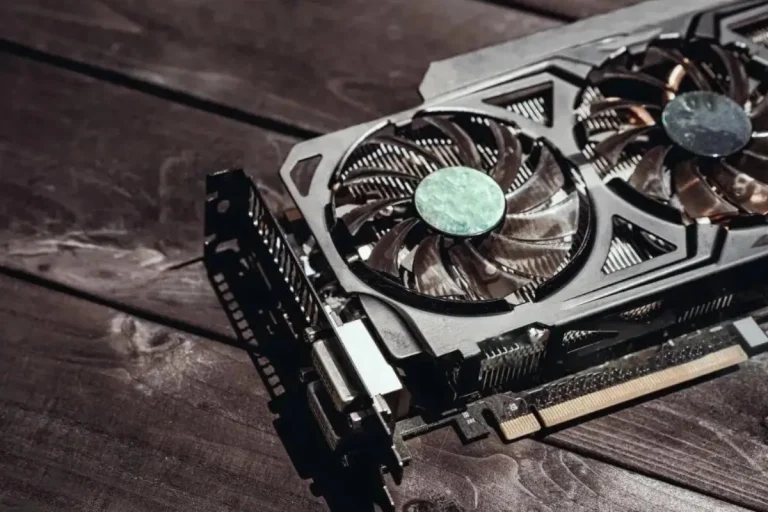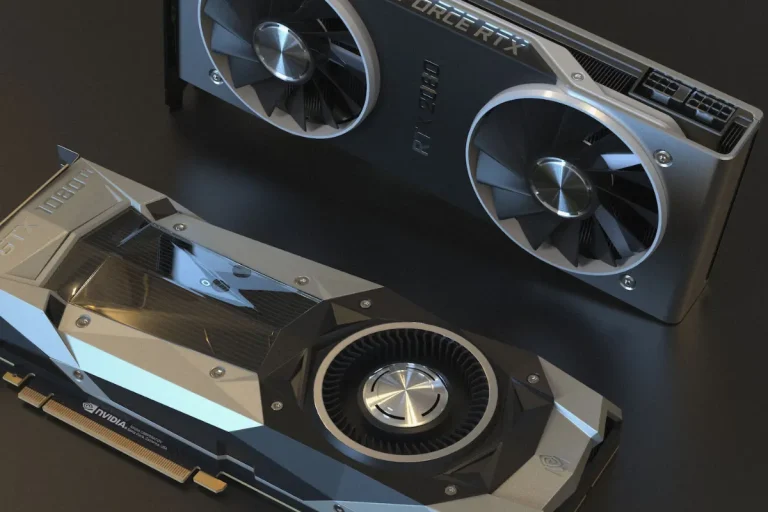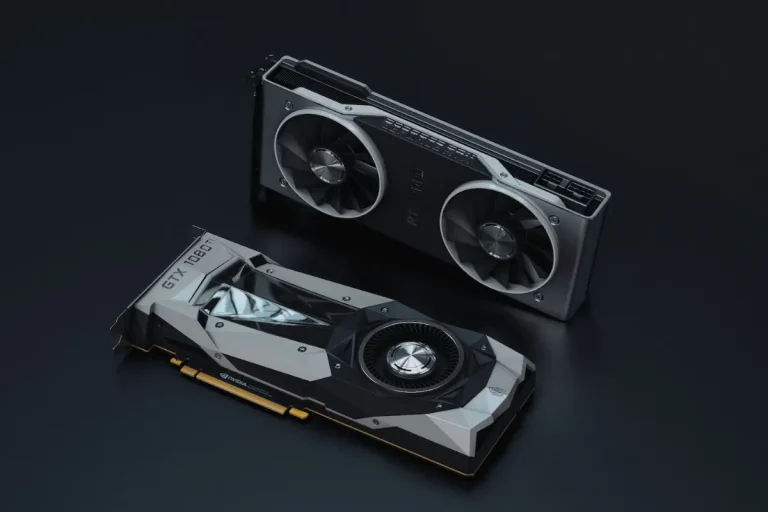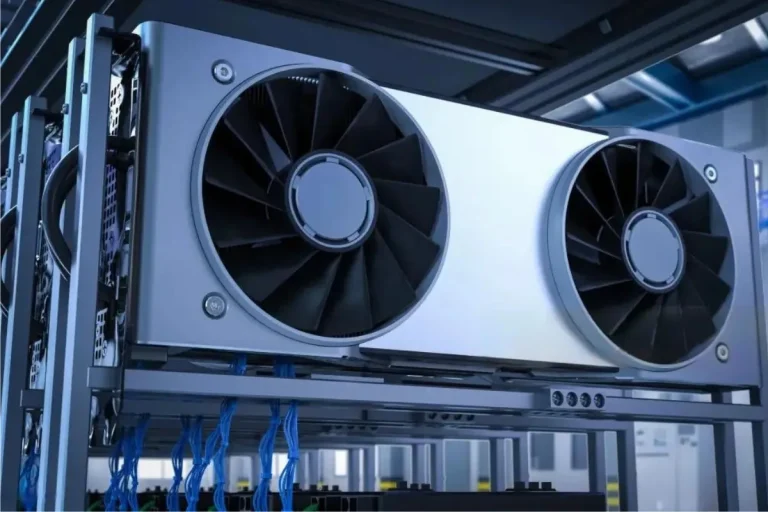How do you check what graphics card you have on Windows 7?
Are you a Windows 7 user and curious about the graphics card powering your computer? Knowing your graphics card is essential for troubleshooting issues, ensuring software compatibility, and even enhancing your gaming experience.
We’ll walk you through simple steps to check what graphics card you have on Windows 7, empowering you with the knowledge to make informed decisions about your system. Let’s dive in!
Checking Your Graphics Card through Device Manager
To check your graphics card on Windows 7, Device Manager is a handy built-in tool that provides the necessary information. By following these simple steps, you can easily identify your graphics card model.
Step 1: Accessing Device Manager
- Via the Start Menu: Click on the “Start” button located at the bottom left corner of your screen. In the search bar, type “Device Manager” and press Enter. The Device Manager window will open, displaying a list of all the hardware components connected to your computer.
- Using the Run command: Press the Windows key + R on your keyboard simultaneously. In the Run dialog box that appears, type “devmgmt. msc” and click OK. This will launch Device Manager.
Step 2: Locating the Display Adapters Category
Once you have Device Manager open, follow these steps to find the Display Adapters category:
- In the Device Manager window, look for the section labeled “Display adapters” and click on the arrow next to it.
- The drop-down menu will expand, revealing the graphics card(s) installed on your system.
Step 3: Identifying Your Graphics Card
To identify your specific graphics card model listed under Display Adapters, do the following:
- Right-click on the name of your graphics card.
- From the context menu that appears, select “Properties.”
- In the Properties window, navigate to the “General” tab.
- Here, you will find information about your graphics card, including its manufacturer, model, and driver version.
Using System Information to Check Your Graphics Card
If you want to check your graphics card on Windows 7 without using Device Manager, the System Information tool can come in handy. Follow these steps to access and utilize System Information to identify your graphics card details.
Step 1: Opening System Information
To open the System Information window on Windows 7, you have a couple of options:
- Via the Start Menu: Click on the “Start” button located at the bottom left corner of your screen. In the search bar, type “System Information” and press Enter. The System Information window will open, displaying a wealth of information about your computer’s hardware and software.
- Using the Run command: Press the Windows key + R on your keyboard simultaneously. In the Run dialog box that appears, type “msinfo32” and click OK. This will launch the System Information window.
Step 2: Finding the Display Adapter Information
Once you have the System Information window open, follow these steps to locate the Display Adapter information:
- In the left-hand pane of the System Information window, navigate to the “Components” category.
- Expand the “Display” category by clicking on the arrow next to it.
- Click on “Display Adapter” to view the information related to your graphics card.
Step 3: Verifying Your Graphics Card Details
To verify the details of your graphics card, including the manufacturer, model, and driver version, follow these instructions:
- In the right-hand pane of the System Information window, you will find the details of your graphics card under the “Adapter Description” section.
- Take note of the manufacturer name, model number, and driver version for future reference or troubleshooting purposes.
Third-party software for Graphics Card Identification

If you’re looking for an alternative method to check your graphics card, third-party software tools can provide a convenient and reliable solution. Let’s explore some popular options and learn how to download, install, and use them effectively.
Introduce the Option of Using Third-Party Software Tools
In addition to the built-in tools provided by the operating system, third-party software offers more advanced and comprehensive features for identifying your graphics card. These tools can provide detailed information about the manufacturer, model, driver version, and even real-time monitoring of GPU performance.
Highlight Popular and Reliable Software Options
Two widely used and trusted third-party software tools for graphics card identification are GPU-Z and Speccy.
GPU-Z is a lightweight and user-friendly utility specifically designed for monitoring and gathering information about graphics cards. Speccy, on the other hand, is a comprehensive system information tool that also provides detailed graphics card specifications.
Downloading, Installing, and Using the Selected Tool
To download, install, and use these tools, follow these general instructions:
GPU-Z:
Visit the official GPU-Z website using your web browser. Locate the “Download” button and click on it to download the latest version of GPU-Z. Once the download is complete, run the installer and follow the on-screen instructions to install the software.
Launch GPU-Z, and it will automatically detect and display detailed information about your graphics card.
Speccy:
Go to the official Speccy website using your web browser. Click on the “Download” button to download the latest version of Speccy. After the download is finished, run the installer and proceed with the installation process as instructed.
Open Speccy, and in the “Summary” tab, you’ll find detailed information about your graphics card under the “Display” section.
Frequently Asked Questions
1: How can I check what graphics card I have on Windows 7?
There are a few ways to check your graphics card on Windows 7. You can use the built-in System Information tool, third-party software like GPU-Z or Speccy, or check through Device Manager.
2: Is it possible to check the graphics card details without using any software?
Yes, you can check your graphics card details without using any additional software. Windows 7 provides the System Information tool, which displays information about your hardware, including the graphics card.
3: Can I find the graphics card details through the Control Panel?
While you cannot directly find the graphics card details through the Control Panel, you can access the Device Manager, which provides information about installed hardware, including the graphics card.
4: Is it necessary to download and install third-party software to check the graphics card?
No, it is not necessary to download and install third-party software. Windows 7 provides built-in tools like System Information and Device Manager, which can help you check your graphics card details.
5: How can I identify the graphics card model and driver version using System Information?
To identify the graphics card model and driver version using System Information, open the tool using the Start Menu or Run command, navigate to the Display Adapter section, and look for the Adapter Description. It will display the manufacturer, model, and driver version of your graphics card.
Conclusion
Checking your graphics card on Windows 7 is a straightforward process that can be done through various methods. Whether you prefer using built-in tools like System Information and Device Manager or opt for third-party software like GPU-Z or Speccy, you can easily identify the graphics card model and gather important details to ensure optimal performance.






